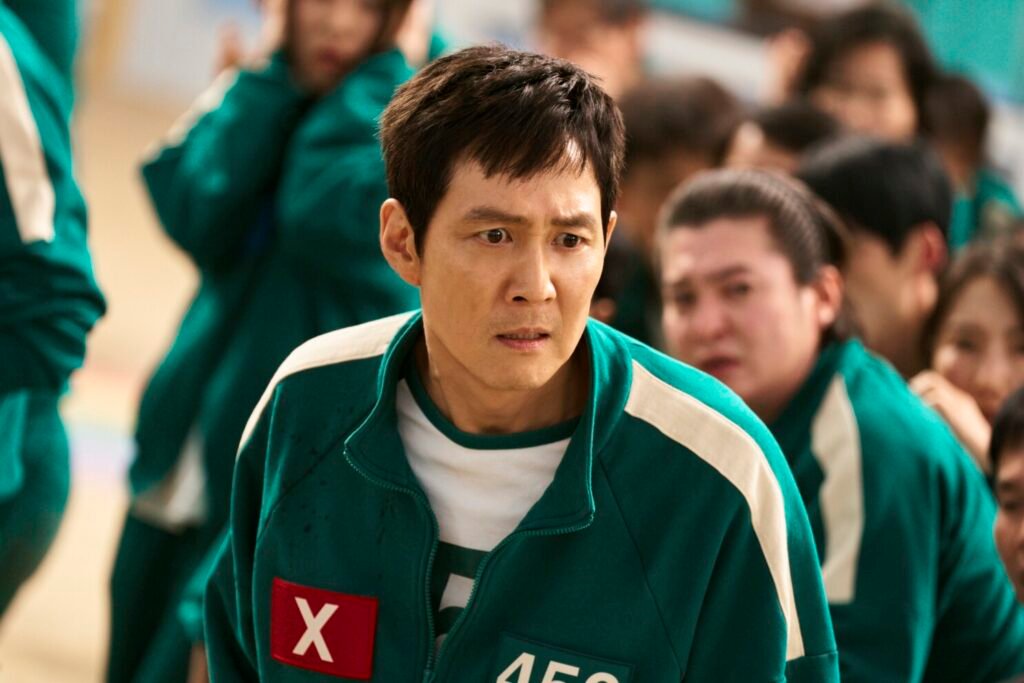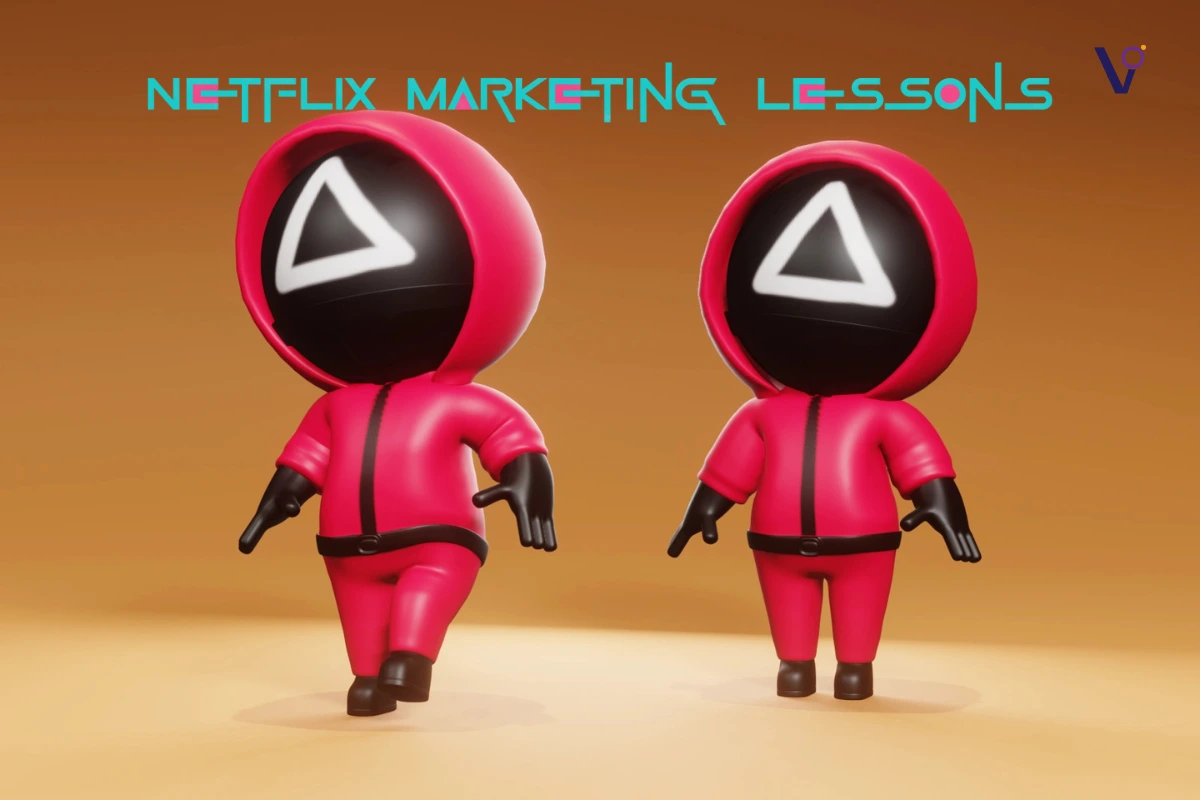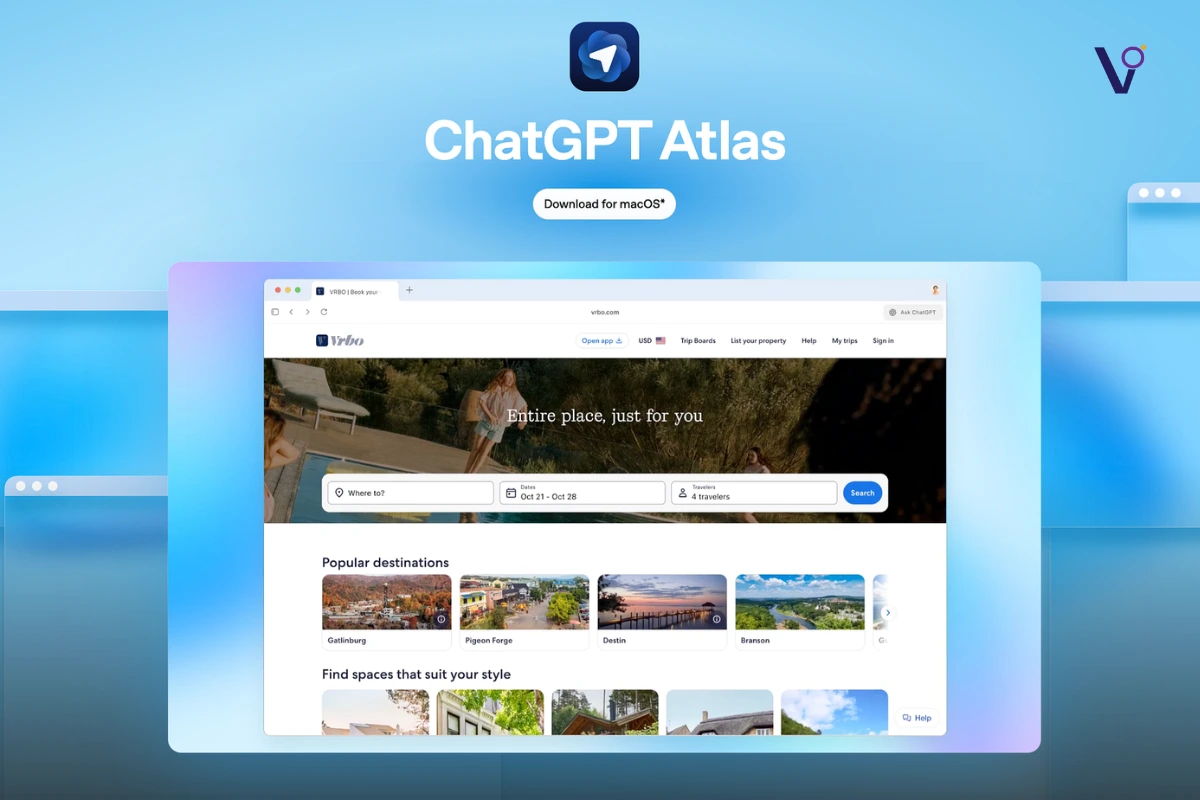Squid Game Season 2 is here, but chances are, you already knew that. Netflix’s Squid Game 2 marketing made sure of it. Their marketing campaign for the show is nothing short of genius, ensuring the buzz started well before the first episode dropped.
How They Made It Stick
If you’ve existed on planet Earth in the last few months, you’ve probably seen something Squid Game-related. Let’s start with McDonald’s in Australia. They went all in, serving up a special Squid Game meal complete with Korean barbecue sauce and dalgona candy tins. Get the golden arches unbroken, and you’re entered into a $100,000 prize draw. Brilliantly threatening, right?
Then there’s Duolingo, which came out swinging with “Learn Korean or else.” They even tweaked their lessons with Squid Game-inspired keywords because after Season 1, Korean language interest spiked by 40%. Now, Duo himself is a guard. Iconic.
Not to be outdone, Xbox dropped Squid Game controllers—456 of them, all individually numbered. Oh, and you could win a Young-hee doll gaming cabinet. Domino’s? They’ve been serving emergency pizzas to players in New York’s Squid Game Experience. Imagine losing a game and getting free pizza for a year—both tragic and triumphant.
The brand collabs don’t stop there: Crocs, naturally, couldn’t miss this licensing party, releasing a line complete with splatters and custom Jibbitz charms. Korean food brand Bibigo added a sensory experience by encouraging people to eat their Squid Game-themed snacks while binge-watching the show.
All this over-the-top Squid Game 2 Marketing isn’t just flashy—it’s strategic. Studies show you need to see something five to seven times for it to stick in your memory. Netflix is making sure Squid Game not only sticks but imprints itself on your brain.
Squid Game Meets Pop Culture
Netflix didn’t stop at food and tech. They partnered with major brands to push the boundaries of creativity:
- Mattel jumped in with a Young-hee-inspired Monster High doll (yes, her head spins) and a toddler-friendly Little People collector set.
- Meanwhile, Johnny Walker released a limited-edition Black Label bottle featuring random player numbers, because even whiskey can get in on the action.
- Puma launched a fashion line, including green tracksuits and staircase-inspired sneakers.
This multi-sensory approach ensured the Squid Game experience extended beyond the screen.
From Critique to Commodity
Here’s the kicker: Squid Game, a brutal critique of modern capitalism, is now a massive corporate franchise. The creator, Hwang Dong-hyuk, who started this story as a response to his struggles in a capitalist system, openly acknowledges the irony. He created Squid Game during financial hardship, but the very system he critiques is now packaging and selling his message back to the masses.

From a marketing perspective, it’s genius. But the contradictions? They’re as glaring as the guards’ pink jumpsuits.
In a Nutshell:
Squid Game 2 Marketing was a brilliant mix of creativity, collaboration, and cultural relevance. They didn’t just make people watch the show—they made them feel like they were part of it. Through immersive marketing, Netflix created real emotional connections, getting everyone talking.
By getting fans involved and linking the show to global and local cultures, they made sure the hype for Squid Game 2 was huge.
Key Takeaways from Squid Game 2 Marketing
(screenshot this)
- Create Experiences, Not Ads: Netflix made the Squid Game experience more than just an ad. They created moments that made people feel something. Think about creating experiences, not just selling a product.
- Leverage Pop Culture: Netflix tapped into everything people were already talking about—food, music, and fashion. They teamed up with influencers and brands to make Squid Game 2 a cultural event, not just a show.
- Encourage Participation: Netflix invited people to take part in the campaign. The Cadbury “Do Nothing” campaign got people involved, and their content became a powerful tool for spreading the buzz. User-generated content is a great way to amplify your message.
- Go Hyper-Local: Making your campaign feel personal to local audiences is huge. Netflix did this with the Duolingo partnership and other tailored strategies to make it feel relevant everywhere.
- Blend Online and Offline: By mixing online campaigns with real-world events, Netflix made sure their marketing reached everywhere—no stone was left unturned. It was an all-around experience for fans.
In short,
Netflix showed us that great marketing isn’t just about selling. It’s about creating experiences that people remember, get involved with, and share. Viral Omega understands this and can tap into the areas where your brand is struggling. Let’s connect because now it’s your brand’s turn to reach new heights.
Netflix focused on immersive experiences, global brand partnerships, and interactive campaigns to keep audiences engaged and excited.
Netflix partnered with brands like PUMA and Crocs to create themed merchandise, blending the show’s elements with popular products.
By tailoring campaigns to local cultures and collaborating with international brands, Netflix made “Squid Game” a global phenomenon.



